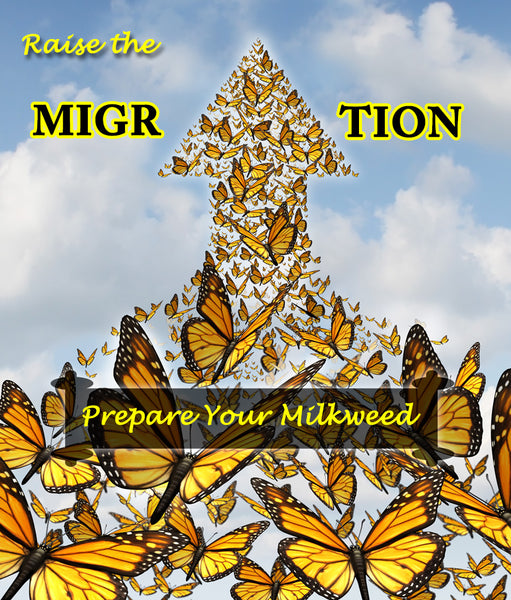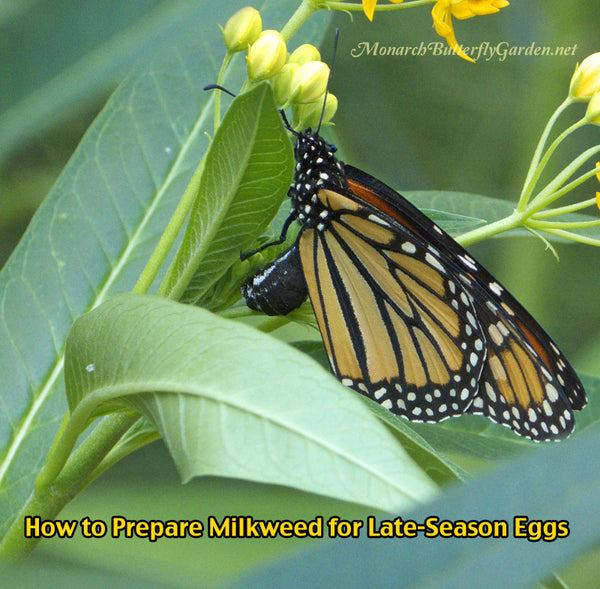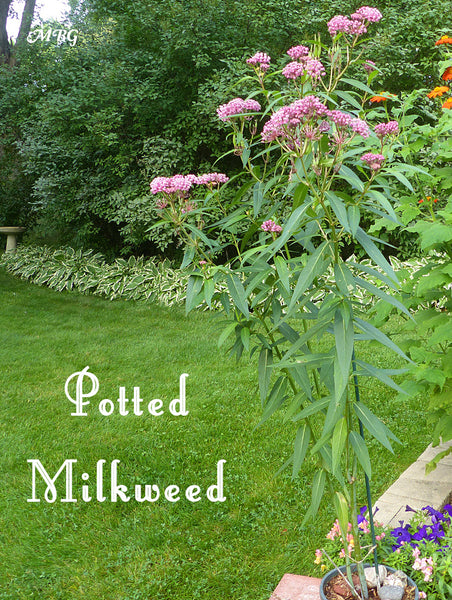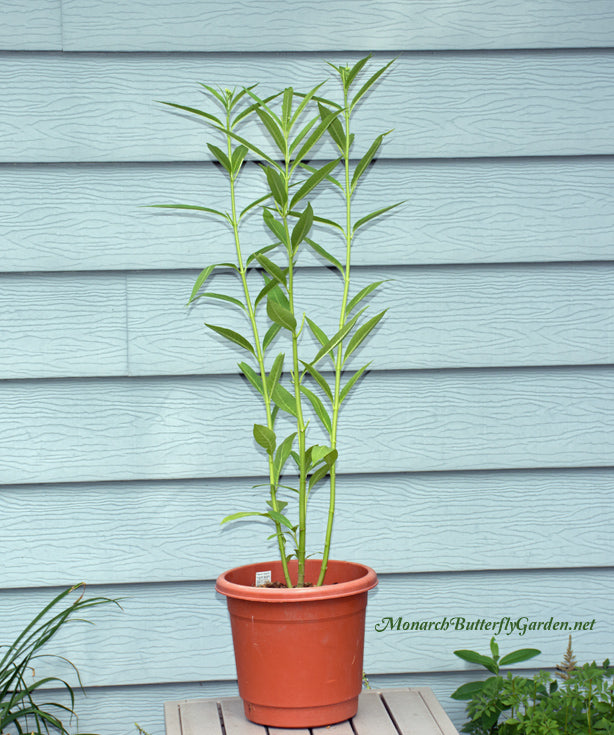Raising Butterflies Blog
Prepare Milkweed Plants for Monarch Eggs- Raise The Migration

Welcome back to Raise the Migration, where hopeful monarch enthusiasts come together together to boost the struggling monarch population. Let’s raise and release butterflies to keep the magical monarch migration alive for future generations in Canada, the United States, and Mexico…every monarch counts in 2024!
Your Eggs-citing Monarch Adventure is about to to Begin…

If you haven’t seen the raising supply list, please refer to it now to insure you have everything you need to get started. If you can’t access the supplies you need, just follow along and make adjustments or use these raising tips for future monarch generations.
In case you forgot, my name is Tony Gomez and I’ll be guiding you through this 30 day transformation. This page was posted on July 13, 2024. Remember that you don’t need to follow along in real time…
I’m starting earlier than I normally would so you’ll never have to wait or proceed into unchartered waters. All in monarch territory from Canada to the southern US still have plenty of time to raise monarch butterflies for the great fall migration.
Check out the info on the supply list about the best time to start raising for your region.
PREPARE MILKWEED FOR MONARCHS

Before you can expect to receive prized monarch eggs, it’s important to prepare milkweed plants in advance for your honored guests’ arrival.
Milkweed is the only host plant that can be used for growing monarchs through the butterfly life cycle. Luckily, you have multiple species of milkweed to choose from.
If you’re afraid you don’t have enough milkweed to support monarchs (and don’t have access to a pesticide-free local milkweed source) consider starting a butterfly garden first.
If you’ve got enough milkweed to support the monarchy, let’s talk strategy…
Potted Milkweed Plants
For the past few seasons, we have placed tropical and swamp milkweed containers in our raised beds, in garden carts, and other various places in hopes of attracting gravid (mated) monarch females…it works!
In fact, it worked a little too well a few years back when we got 53 eggs on just two potted milkweed plants…in one weekend!
We stopped raising monarchs on potted plants because of hidden predators and declining plant health indoors…but milkweed container plants are still a fantastic tool for attracting monarch mamas:

 After: Prepared for Eggs-tion
After: Prepared for Eggs-tion- Start preparing a few milkweed plants 1-2 weeks before you want monarch eggs
- Water thoroughly every few days at the base of your plant(s) to keep leaves hydrated. Water more or less depending on your August precipitation and late-summer drought conditions
- Swamp Milkweed and Tropical Milkweed are two of your best options because they grow well in pots and are easy to transplant. They are also favorite egg-laying milkweeds for late season monarchs.
- Any milkweed you prepare should have fresh, healthy leaves. Remove sickly leaves or stems from milkweed plants and discard.
- Cut off blooming flowers on a few plants you want to collect eggs from. The absence of flowers will reduce (but not eliminate) visits from monarch-seeking predators…flower buds are ok because they provide cover, and are a preferred spot for egg laying.
- Check plants for predators 🕷 and foreign eggs. These should be monarch-only milkweed plants for egg collection purposes.
- Don't use insecticides or harmful household chemicals around milkweed plants
- Having issues with aphids? Here are 10 Ways to Win the Milkweed War against Aphids
Why Not FULL Sun?
Partial shade will keep leaves fresh longer, and prevent eggs/cats from getting cooked by the unrelenting summer sun.
Why Away from the Main Patch?
There tends to be a higher concentration of monarch-munching predators inside a milkweed patch. Lone milkweed plants usually get less attention from pesky predators.
Keep an eye on your plants while you’re waiting for monarch eggs. If you find ants, stink bugs, spiders, tussock moth caterpillars, or foreign eggs remove and relocate them. These should remain monarch-only milkweed plants while waiting.
note: You do not need to pot milkweed, but I often find eggs on ours and have heard similar reports from others. If you have lone first-year milkweed plants that have seeded in your garden, those are also prime real estate for collecting treasured eggs.
POTENTIAL PROBLEMS WITH RAISING ON POTTED MILKWEED
- Predators and pests can be hiding in the plant or under the container rim
- Heavy containers can accidentally wound or kill monarchs if they tip over
- Soil can become moldy, collect frass (poop), or have disease spores/pathogens
- Difficult to effectively clean/rinse an entire plant
- Plants put out/maintain healthier growth outdoors

After Spider Removal: Ready for Monarchs
POTENTIAL SOLUTIONS TO POTTED MILKWEED PROBLEMS
- Leave potted milkweed outside
- Collect stem cuttings with eggs off potted milkweed to bring inside
- Collect individual leaves with eggs off potted milkweed to bring in
- If raising on container plants, check for predators multiple times
Milkweed Cuttings
Leaf and stem cuttings are, in my opinion, the best way to raise healthy monarchs because the milkweed stays fresh and cuttings keep monarch larvae from crawling around in potentially disease-ridden frass. (poop)
You can also space out cuttings across your entire cage, which you can’t do using whole plants.
Since these will come from your garden plants (or another nearby patch) make sure your milkweed looks healthy and isn’t being overrun by predators or pests. Otherwise, you’re unlikely to collect a monarch deposit.
A good way to insure you have ‘clean’ milkweed for future seasons, is to diversify your milkweed species and plant several patches around your yard and garden. Predators and pests won’t be able to find them all!
Milkweed Cuttings can range in size from 1 leaf to 2 foot stalks, and what you use will depend on the height of your cage and cutting containers.
During spring and early summer, I use Asclepias syriaca (common milkweed) cuttings. I also use first-year common plants and the fresh regrowth from past cuttings later in the season.
In late summer, I switch to Asclepias incarnata (swamp milkweed), Asclepias curassavica (tropical milkweed), Gomphocarpus physocarpus (balloon plant), & Gomphocarpus fruticosus (swan plant), and Calotropis gigantea (giant milkweed) buds and leaves.
What you use will depend on what’s available in your region to host late-season monarchs…
Note: I realize many of these options aren’t native plants, but most native milkweed looks pretty scraggly by season’s end. Tropical milkweed and balloon plant are our last milkweed plants with viable leaves for the caterpillars and the late summer favorites for egg laying.
As long as the milkweed is healthy, any garden variety milkweed can be used to feed and grow your caterpillars.
WHAT IF THE ELFs (EGG LAYING FEMALES) DON’T COOPERATE?
Unfortunately, the decline in the monarch population means monarchs are no longer a sure thing in North American butterfly gardens. I still believe that if you put the time into improving your butterfly garden, they will eventually come…but that doesn’t mean a predator won’t find the eggs or baby caterpillars before you do.
BUYING EGGS AND CATERPILLARS
For those of you who want to insure you’ll be raising migration monarchs, there are a few options for buying them. Monarch egg/caterpillar vendors are on the supply list.
And now comes the hard part: waiting for your monarch eggs to arrive by air…or airmail!
I hope this info helps you to Prepare Milkweed for Monarchs. For further assistance raising healthy monarchs through the butterfly life cycle, a ✬✬✬✬✬ rated book on How To Raise More Monarchs, with Less Effort is available for purchase HERE <<< (choose paperback or PDF download)













